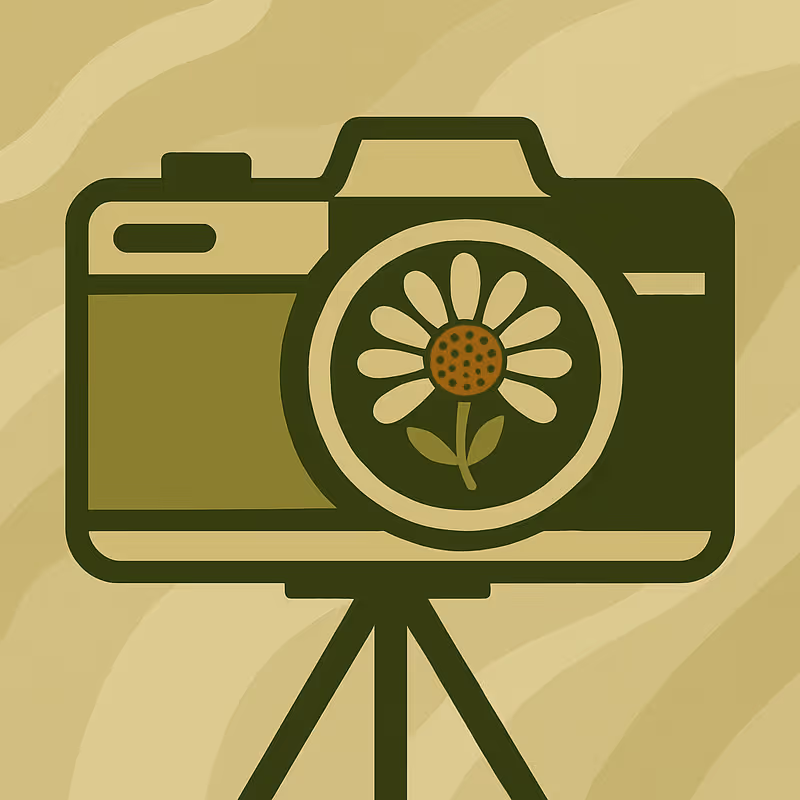Introduction
Photovoice is a creative method that uses photography to show how people experience their environment. This visually appealing method has the potential to surface perspectives that are often unseen, and to identify opportunities for change.
Photovoice is different from other photography-based approaches, such as photo journals, competitions, or exhibitions. This is because:
- Photovoice involves working with a group of people, asked to reflect on a shared question or theme and respond to it through photography, over a set time period.
- Photovoice is not just about visual content, it offers a structured, reflective process, in which the photographs are a starting point for group dialogue, reflection, and potentially, change.
- Photovoice is traditionally a method for people whose perspectives have often been overlooked or marginalised, examples can be found on the Photo Voice Projects website. In an organisational setting this might include junior staff, contract workers, cleaners, maintenance teams, or others who are not usually invited to shape workplace strategy or culture.
Photovoice has been shown to trigger change, but it carries certain expectations – like needing time, personal reflection, and storytelling – which might not suit every organisation. In some cases, a different photo-based approach could be more practical or better aligned with the setting.
In this module Geraldine Brown explains how Photovoice was used within PLANET4B, in this video she introduces the PLANET4B Learning Community:
In this video Geraldine Brown introduces how Photovoice can be used to explore perspectives and experiences through images;
Key Features
Photographers:
Groups size range from 10 – 35 people, the group size should enable group discussions but also have opportunities to support individuals.
Bringing a group of people together for the Photovoice method can present an opportunity for cross-team collaboration, connecting people from different departments and countering ‘siloed’ working culture. Within the Photovoice group, company hierarchies and structures do not apply. This could foster trust-building between teams and support a stronger sense of belonging, developing an inclusive and responsive organisational culture.
In this video Geraldine Brown reflects on how Photovoice supported learning and collaboration within the PLANET4B project:
Timeframe:
a minimum of 2 sessions with participants is recommended, however this could be extended to 5 depending on your time and goals. After recruitment, allow a minimum of 2 weeks for taking photos, reflecting, and writing captions. This timeframe can be extended based on your schedule and capacity.
Budget and Materials:
Photovoice can be a low-cost method, however you might want to budget for the following:
- Photography equipment: many people will be able to take photos using their phones. However, you might still want to consider having some cameras available to borrow, or tripods or photo lights - this helps include those without phone cameras or allows for higher-quality images if desired.
- Training workshop materials: flipcharts, sticky notes and markers (for planning, storyboarding and group discussion; snacks, drinks, or lunch (if in person)
- Gifts: a small thank-you gift could be offered to participants, however a prize is not appropriate in this method, as all contributions are equally valued.
- Display materials: including printing costs, clip frames, foam boards, or digital screens.
- Time: If training workshops happen during work hours, factor in the cost of people’s time and any backfill needed.
- Ethical approval: provide participants with an information sheet and consent form explaining the purpose, use of images, and data protection. Informed consent, privacy, and secure data management remain essential.
Skills Needed
- Facilitation: Guide group discussions in a way that encourages reflection and flattens hierarchy. Create a space where photographers feel comfortable to speak, share, and challenge ideas.
- Supporting: photographers should have ownership of the process, the organiser’s role is to support, not steer, the process.
- Storytelling and communication: Support photographers in developing captions and communicating the meaning behind their images.
- Leveraging and influence: Understand how the images and stories might have an impact, e.g., will they raise awareness, build momentum, or prompt a specific change? If your company has a Townhall, All Hands Meeting or similar event, the photos could be displayed together with any actions subsequently put in place (e.g. enhancement of certain spaces) at the meeting (for accountability).
- Project coordination: Manage logistics, communication, scheduling, materials, budget etc.,









